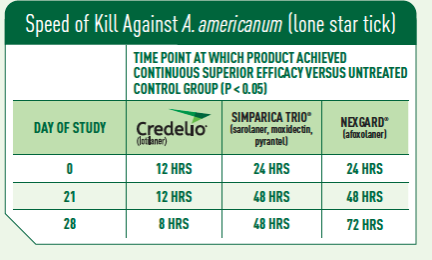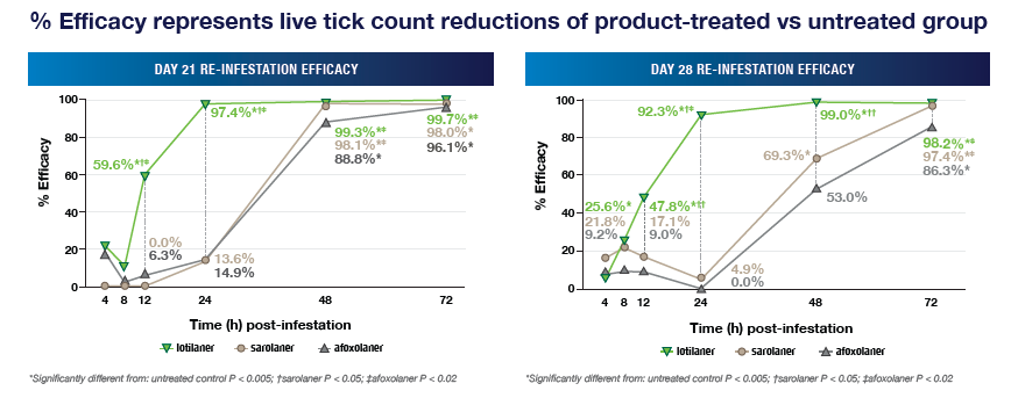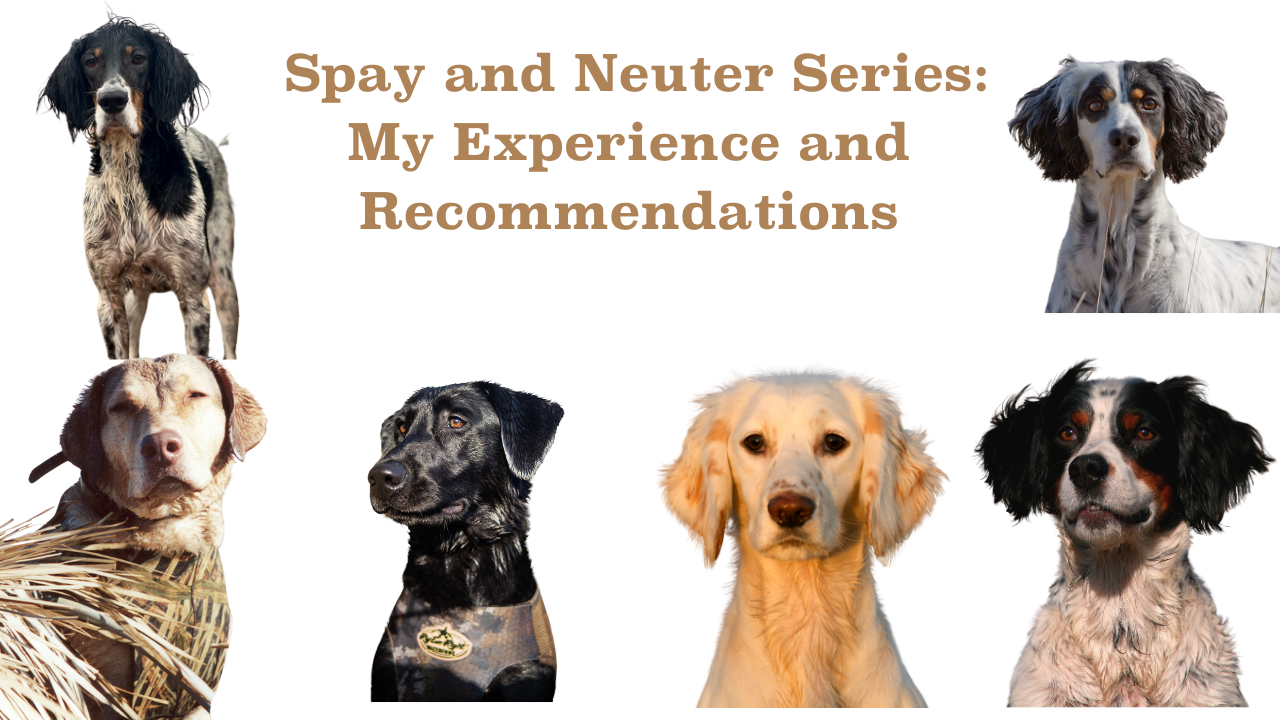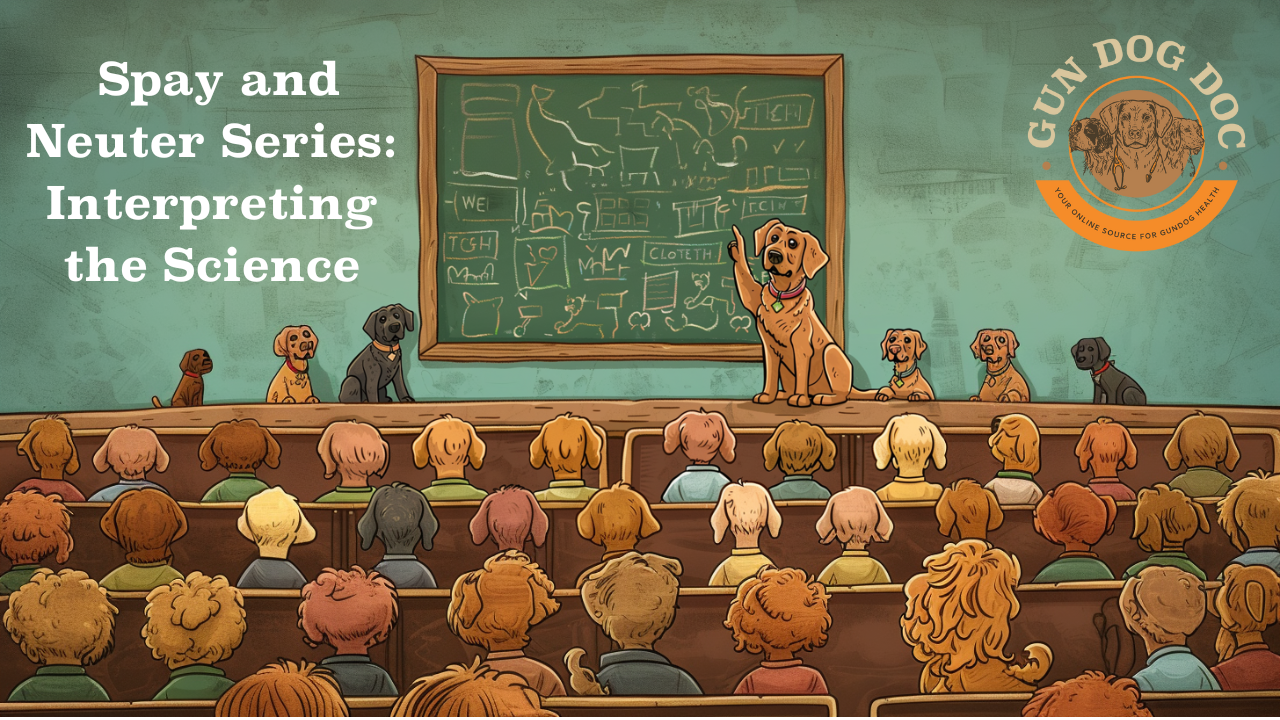After my recent newsletter on preventatives, and several social media posts, I’ve been flooded with questions about my choice of products and how they compare to others on the market. I’ve discussed my preferences in a previous post which you can find [here] if you missed that discussion.
As previously mentioned, I use Credelio for flea and tick prevention. I switched to Credelio mainly due to its reported safety profile. Before using Credelio, we had used Simparica, but unfortunately, a handful of our clients’ dogs experienced neurological reactions, including seizures and seizure-like activity.
The longer these products are on the market, the more real-world research becomes available. When compared head-to-head, Credelio consistently outperforms other similar products.
Safety is paramount, but there are two other critical areas to evaluate: the speed of initial kill and the duration of efficacy (how long they remain effective). Studies comparing Credelio, Nexgard, and Simparica have been conducted, and the results, in my opinion, are quite conclusive.
In one study, 50 ticks were applied to dogs and allowed to attach and feed for two days. The dogs were treated on Day 0, and their efficacy was evaluated at 12-hour intervals. Ticks were reapplied on Days 21 and 28. At all these time points, Credelio outperformed the other products, achieving efficacy within 12 hours as shown in the results below:

Why is speed important? The longer a tick is attached, the more likely it is to transmit disease. For Lyme Disease, the critical attachment time is around 24 hours; for anaplasmosis, it’s about 12 hours; and for diseases like Rocky Mountain Spotted Fever and Ehrlichiosis, it can be as short as 3-6 hours. While there is a vaccine for Lyme Disease (covered [here]), there are no similar preventative measures for other tick-borne diseases, making tick control essential.
Another major factor is efficacy at the end of the dosing interval. You want a product that remains as effective on the last day as it was on the first. The study also evaluated this aspect by applying ticks on Days 21 and 28. Once again, Credelio showed significant efficacy:

In these charts, Credelio is lotilaner, Simparica is sarolaner, and Nexgard is afoxolaner. The difference in the percentage of ticks killed and the time it takes to achieve these levels clearly favors Credelio over the others.
One might wonder why to choose any other product. All these products belong to the same class of drugs, and it wasn’t long ago that we didn’t have oral options for prevention. Often, if a product works well with no issues in a particular population, there may not seem to be a compelling reason to switch.
Another aspect, often overlooked but undeniably present, is the economics of the pharmaceutical industry. No company fails to encourage practices to use their products exclusively, whether it’s vaccines, preventatives, non-steroidal anti-inflammatories, or allergy treatments. The more you purchase from a company, the better pricing they usually offer. These pricing structures often extend to client rebate plans as well.
If a company combines the best science with competitive pricing, it’s a win-win situation. This isn’t unique to the veterinary industry. As a parent, I also inquire at my children’s pediatrician’s office about how they select the vaccines they use. Even there, often these decisions are heavily influenced by economics.
I believe it’s essential to have a solid reason for every product I use on my own dogs or recommend to a client. Discussing product choices with your veterinarian can provide insights into their practice’s belief system. If they provide a scientifically sound rationale for their choices, that’s a positive indicator. However, if they don’t immediately offer such explanations, it doesn’t necessarily mean there are concerns; other valid reasons might influence their decisions.
As with many aspects of life, when it comes to maintaining your dog’s health, there are good, better, and best options. It’s worth taking a deeper look at the products you are using.



